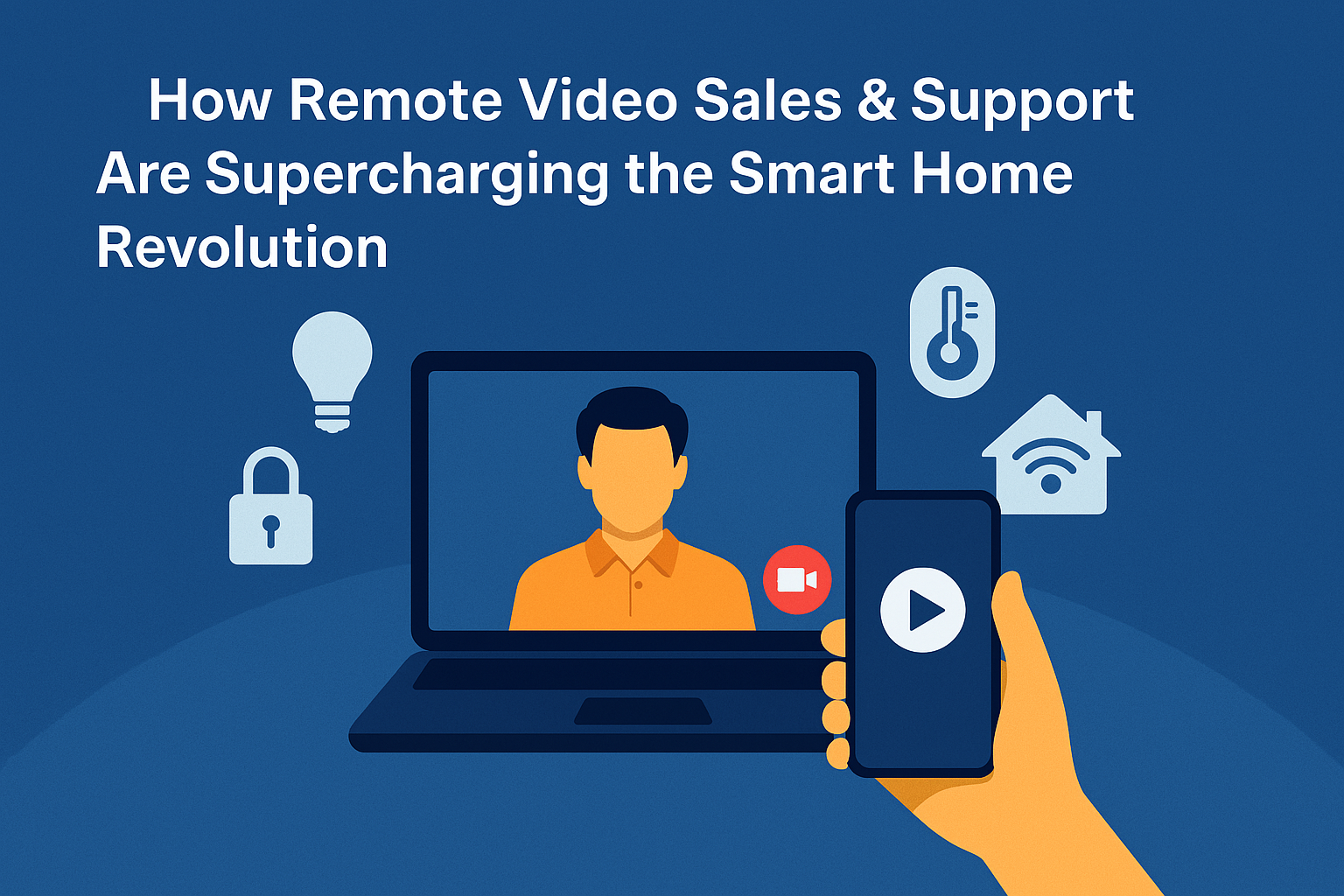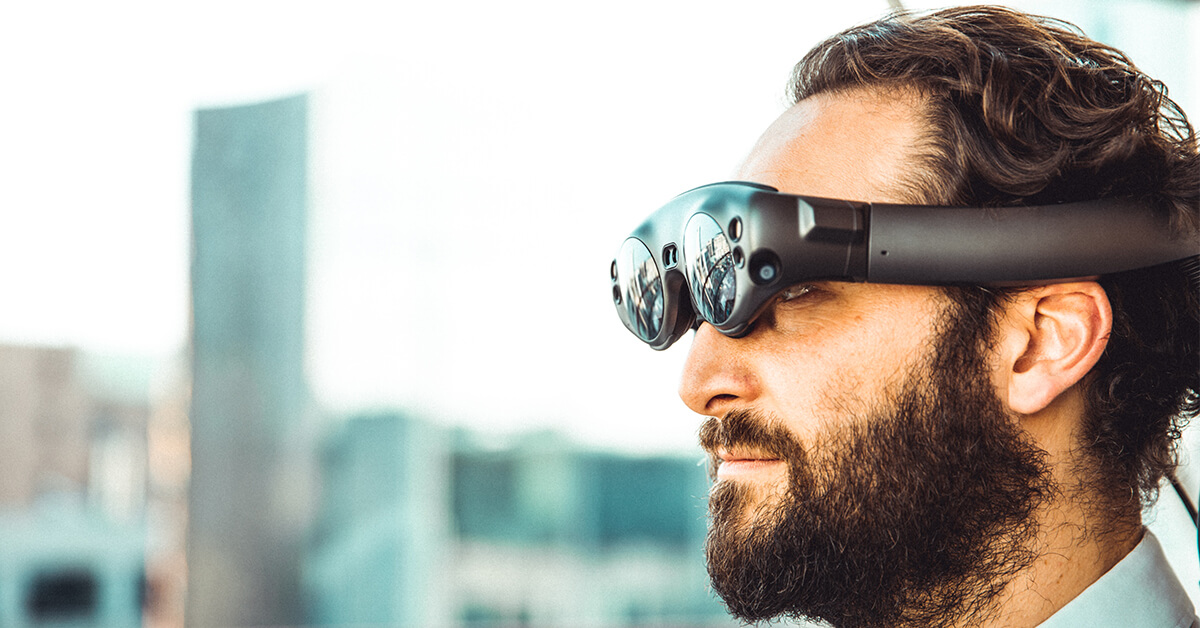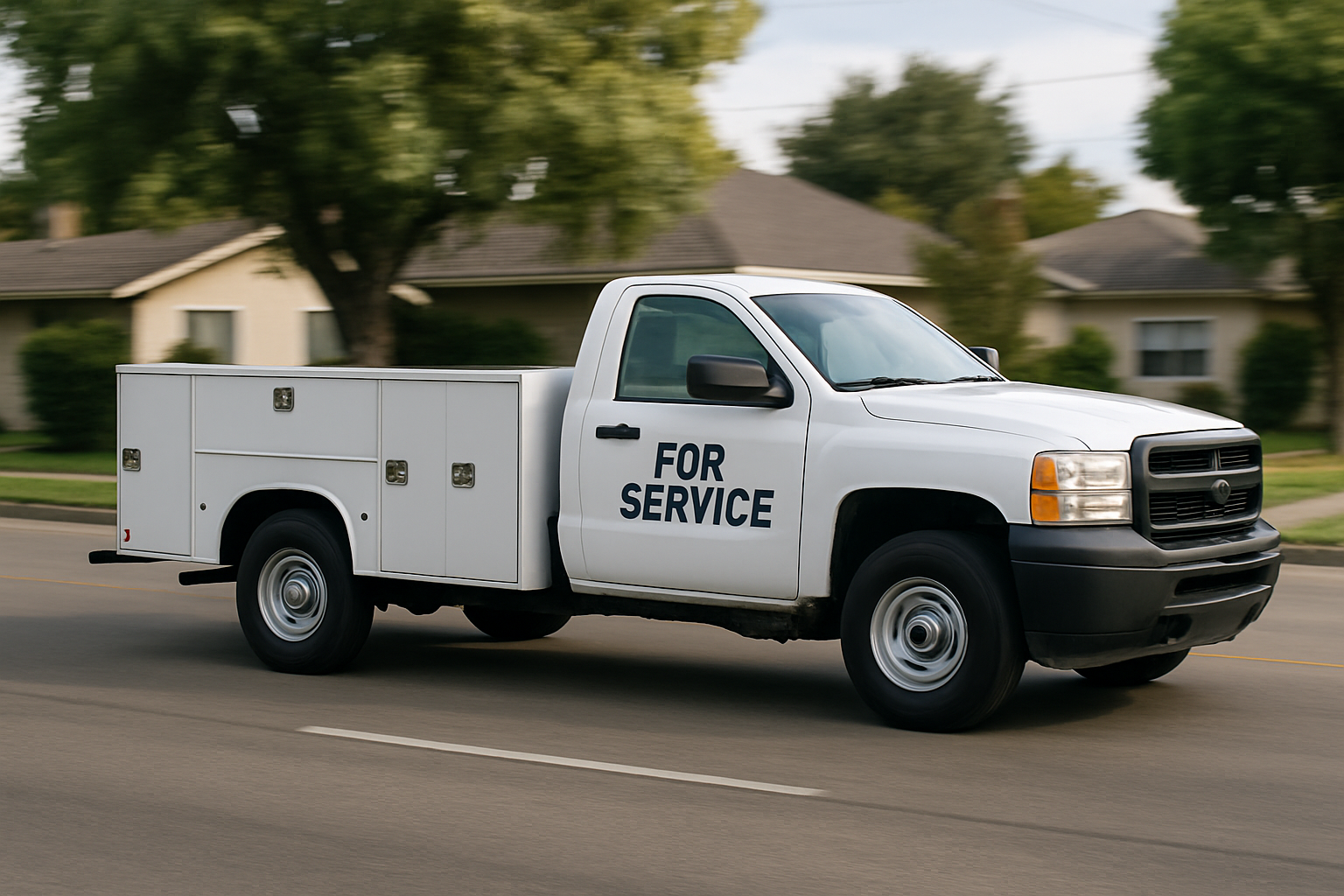The Future of Field Service: Integrating Smart Glasses with Remote Assistance Platforms
The field service industry is changing faster than ever. With rising customer expectations, growing skill gaps, and pressure to reduce operational costs, companies are rethinking how they deploy, support, and empower their technicians. In this new landscape, smart glasses integrated with remote assistance platforms are emerging as one of the most transformative tools available.
By merging hands-free wearable technology with real-time video collaboration, organisations can bridge the gap between field technicians and remote experts, streamline communication, and achieve faster, more accurate service outcomes.
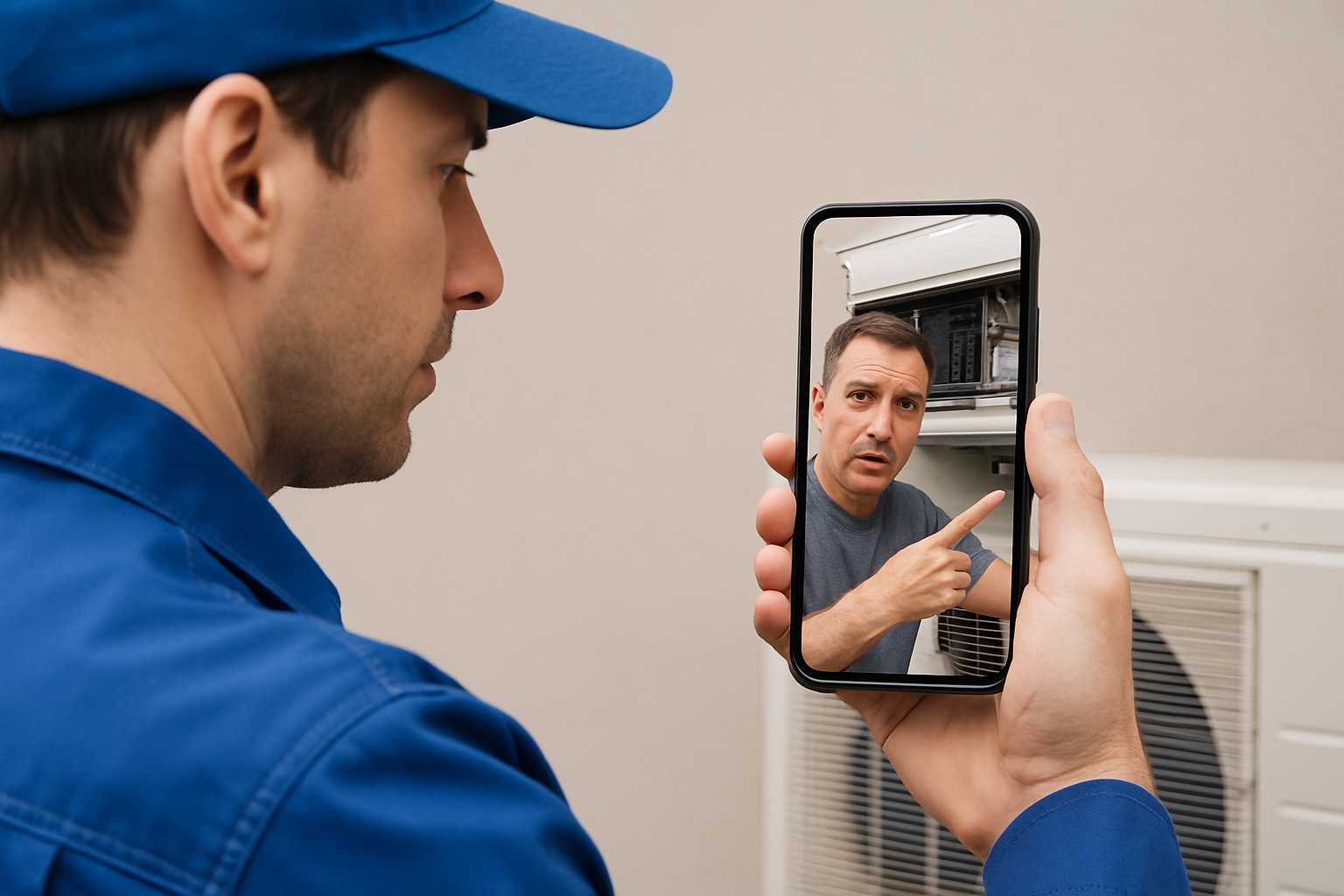
A Shift in How Technicians Work
Field service used to rely on experience, intuition, and a fair amount of trial and error. Technicians would arrive on-site, assess the situation, and if the issue proved complex, they’d call for support—or worse, schedule a return visit. This process not only delayed resolutions but also increased operational costs and reduced customer satisfaction.
Now, thanks to smart glasses and remote assistance technology, that process is evolving. A technician wearing smart glasses can instantly connect with a remote expert, share a live video feed of the equipment, and receive guided instructions in real time—without ever lifting a phone or leaving the site. The expert, seeing exactly what the technician sees, can annotate visuals, highlight components, and walk them through each step of the repair.
The result? Fewer errors, faster resolutions, and more confident technicians.
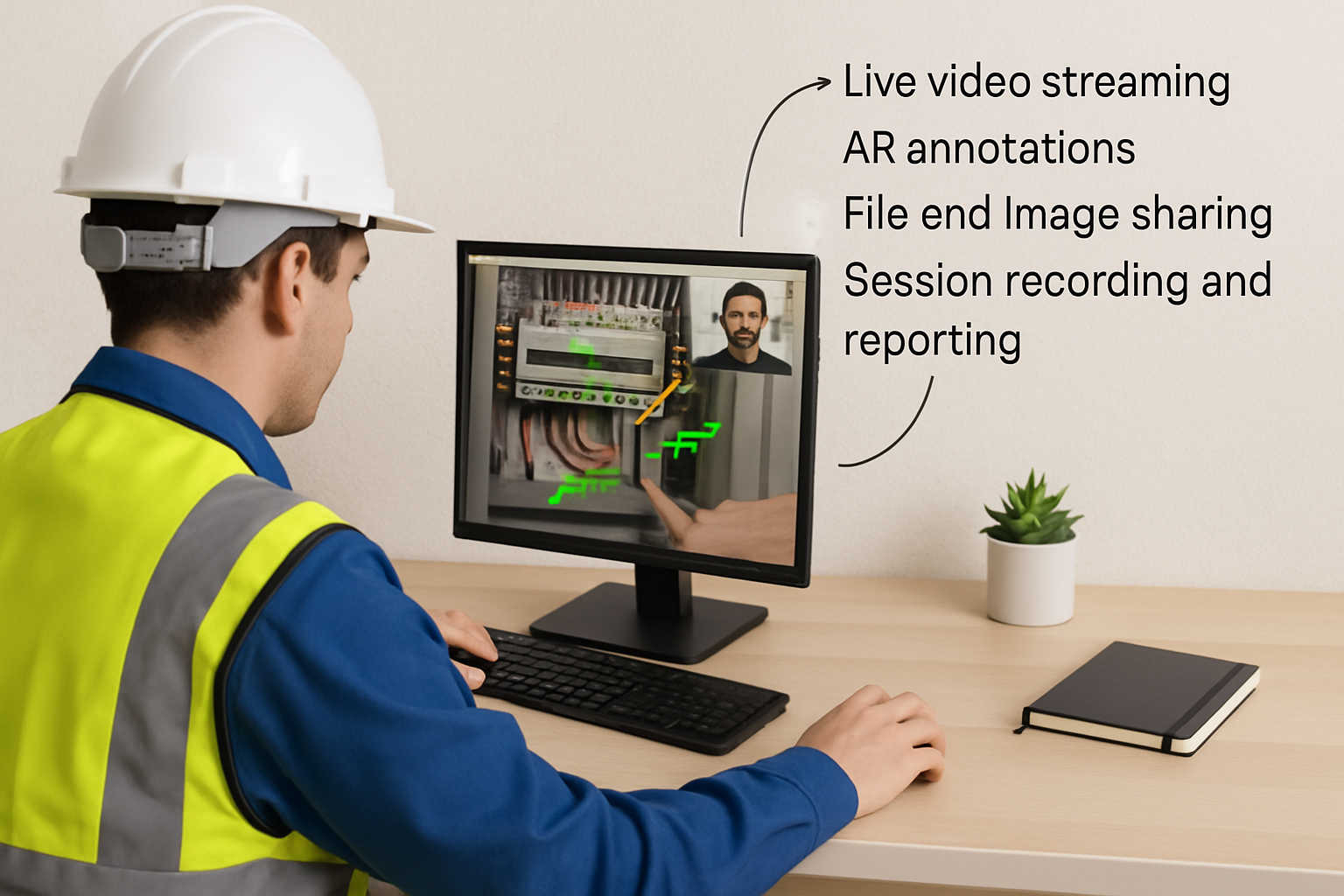
Why Integration Matters
While smart glasses alone provide convenience and hands-free functionality, their real power comes from being integrated with remote assistance platforms like Blitzz. These platforms enable seamless collaboration between the field and the back office, combining features like:
- Live video streaming for real-time issue assessment and troubleshooting
- AR annotations that let experts mark, circle, or highlight areas directly in the technician’s view
- File and image sharing for quick access to manuals or schematics
- Session recording and reporting for documentation, training, and quality assurance
When these capabilities work together, technicians no longer need to rely solely on phone calls or static photos. They get interactive, guided support that drastically improves first-time fix rates and customer satisfaction.
Transforming Service Workflows
Integrating smart glasses with a remote assistance platform doesn’t just enhance individual tasks—it transforms the entire service workflow. Here’s how:
1. Faster Problem Resolution
Technicians can diagnose and fix issues in real time, often without waiting for escalation or site revisits. Remote experts can identify problems instantly and provide visual guidance, cutting downtime and costs.
2. Smarter Resource Utilisation
Instead of sending multiple senior technicians into the field, companies can keep experts in a central location while supporting multiple teams simultaneously. This maximises utilisation and reduces travel expenses.
3. Improved Knowledge Transfer
With live visual collaboration, less-experienced technicians gain on-the-job training from seasoned experts. Over time, this reduces the skills gap and builds a stronger, more capable workforce.
4. Enhanced Safety and Compliance
Remote experts can monitor field conditions, ensuring technicians follow safety protocols and perform repairs correctly. Recorded sessions provide verifiable documentation for compliance audits.
5. Better Customer Experience
Customers benefit from faster resolutions and fewer delays. Technicians arrive more prepared, communicate clearly, and complete work confidently—leading to improved trust and satisfaction.

Real-World Applications
Industries such as utilities, telecom, HVAC, and manufacturing are already adopting smart-glass-enabled remote support. For instance, a utility company can guide a field worker through troubleshooting a transformer, or a telecom technician can receive step-by-step installation instructions from a remote engineer.
In many cases, the combination of smart glasses and platforms like Blitzz has led to:
- Up to 30–40% reduction in travel time
- Higher first-time fix rates
- Significant drops in training costs
- Faster response to service requests
The technology doesn’t just make work easier—it makes it measurable and scalable.
Overcoming Adoption Challenges
Of course, any new technology comes with a learning curve. Field teams may need time to adjust to wearing smart glasses or working through live video instructions. Connectivity and hardware costs can also be considerations.
But the key to successful adoption lies in starting small—piloting with specific teams or service types, collecting feedback, and iterating. Over time, the improvements in efficiency and customer satisfaction quickly justify the investment.

Looking Ahead: The Connected Technician
The integration of smart glasses and remote assistance platforms represents a major step toward the connected technician—one who is empowered with data, guided by experts, and capable of resolving issues on the first visit. As technologies like AI and AR continue to evolve, the next generation of field service won’t just be reactive—it will be predictive, collaborative, and data-driven.
Smart glasses, when combined with remote video support tools, are redefining what’s possible in field service. They enable technicians to work hands-free, collaborate instantly, and solve problems faster—all while capturing valuable data that drives continuous improvement.
Blitzz is helping field service teams around the world bring this vision to life. As a leading remote video support platform, Blitzz enables technicians and experts to connect seamlessly, diagnose issues visually, and enhance service quality without unnecessary travel.
If you’d like to explore how Blitzz can help your team integrate smart glasses into your service operations, book a short demo and see the future of field service in action.

